Like the International automotive market, the Automatic transmission is slowly but surely taking the top spots. This is so evident as they offer a great deed of convenience that especially fairs superior over the manual transmission. That said, there are many transmissions in the Indian automotive market one can choose, they range from DCT to CVT, Torque converters to AMTs. Driving a car with an automatic transmission is easy they say, well is it really easy? Or are there other aspects to driving an automatic?
To extract the most life and efficiency out of your torque converter automatic transmission here is what you have to keep in mind.
-
Shifting to Drive Mode with a cold Engine is Bad

An automatic car transmission Everyone needs some time to get up and get running the morning, so does your car. After cranking the engine for the first time for the day, let it idle for about a minute so as to let the engine oil get in all the engine passages. Even after that, it is recommended not to turn the A/C on until the engine reaches its running temperature.
-
It’s Harmful to Suddenly Switch Directions
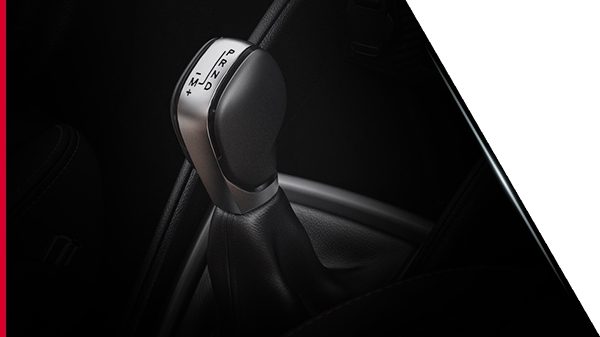
Nissan Kicks Transmission | Torque Converter Transmission Switching directions here refer to shifting the gear lever to either ‘R’ (Reverse) or ‘D’ (Drive). Coming back to the list, one should not change the direction unless the car comes to a complete stop. Most of the modern cars will not let you change the gears when in motion, so don’t apply force to do it. It might just lead to a deep hole in your pockets.
-
Don’t Coast Down the Hill in Neutral
You might think when coasting down the hill in neutral, the car will give really good mileage. Well, it is right you’ll get ultimate fuel mileage as when in neutral the fuel flow is restricted. But this would be the last thing we want when driving in hilly areas. Where the restricted fuel will deliver more mileage, it’ll also hamper the control over your car. How? You may as when in neutral the only thing one can do is the brake and you lose the tendency to speed up when in urgent need. Problems aren’t over yet, you’ll also load the braking system making them prone to brake fade. When coasting down in Drive will accompany its braking system, as it is called engine braking.
-
Driving an Automatic with Two Feet is Dangerously Funny
The motor skills of a person driving a manual transmission are different from a person driving an automatic. This usually happens with either a newbie or a person driving a manual transmission sits behind the wheel. What will happen? Well, when slowing down to depress a faux clutch in an automatic, the person depressed the brake with his/her left foot with the same intensity. Voila, the car comes to a sudden halt. I’m sure due to this braking force the occupants can experience at least 2-3g’s of G-Force. It is no fun indeed, neither for the occupants nor for the traffic on the road.
Download The GoMechanic App Now!
-
Never Rest either of your foot on the Brake Pedal
Almost all the cars with automatic transmission have a dead pedal to rest the foot. Please use that instead of the brake pedal. Talking a look at the second scenario, when the cruise control is engaged many of the drivers rest their feet on the brake pedal out on the highway. Please avoid doing so, as resting your foot on the pedal can lead to a slight depression which can lead to rubbing of the brakes to the disk or the drum. Rest is obvious that the brake pads and shoes in cars with automatic transmission get worn really quick, avoid accelerating it.
-
Avoid Driving with Low Fuel Level
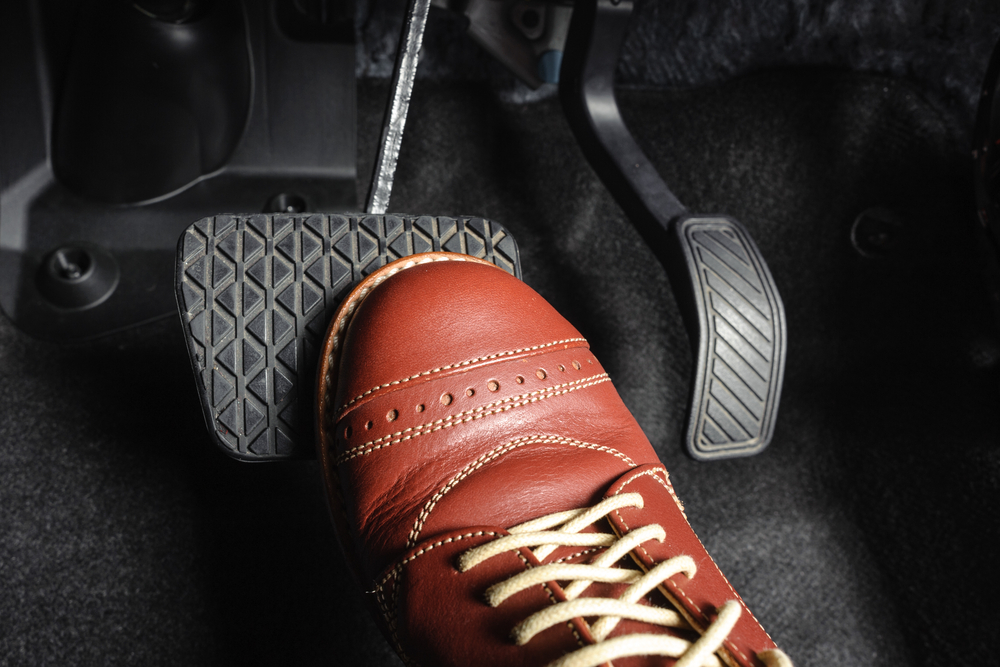
Riding the brake The engine technology has come along with that started from carburettor shifted to EFI (Electronic Fuel Injection) and then different types of EFI. Later it came down to GDI or gasoline direct injection. This is somewhat similar to the Diesel direct injection. Where the goal was to provide the best possible stoichiometric ratio. That said, with such high-pressure injections into the cylinder you should not run the car on low fuel level, be it petrol or diesel. Low fuel could lead the fuel to suck in air instead of the fuel, that has a really bad impact on fuel delivery. A slight break in the fuel can hamper the whole cycle.
-
Don’t Launch Aggressively
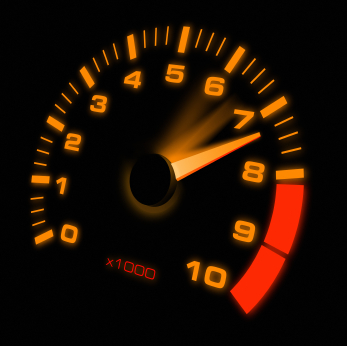
Avoid aggressive launch Unless your car doesn’t come with a launch control system, don’t bother taking the control in your hands. Where doing so some time is still fine, doing it on a regular basis can have a huge toll on the torque converter. This will surely decrease the efficiency at which the transmission is transmitting the power to the wheels. The torque converter is somewhat an exception here. Sure it will have a hard time coping up with the engine but due to the working fluid in the torque converter, it is somewhat damped.
-
Should know the proper way to towing an Automatic
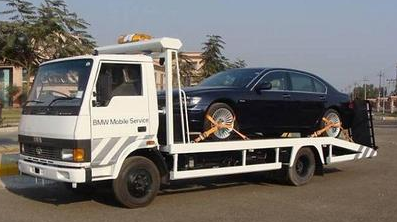
Towing an Automatic Vehicle | Torque Converter Transmission You may know that when the ‘P’ is engaged, it is to stop the vehicle from rolling back or forward on slopes. Well, thinking that, it is a really bad idea of towing your car when it has P engaged. That said, N or Neutral is the best way to tow an automatic vehicle that is front-wheel drive. It is recommended not to drive the towed vehicle on the driving wheels. But if it is a 4X4 there is an exception.
-
Shifting gears with Pedal to the Metal
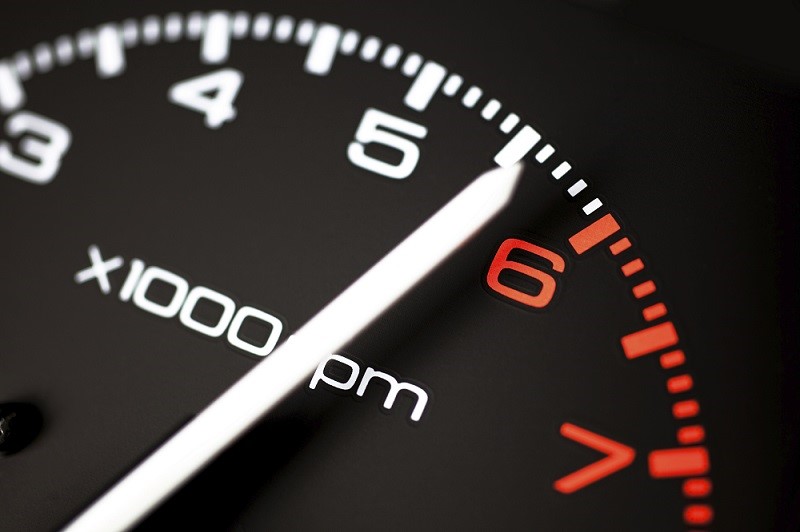
Rev Limiter | Image Source (1) | Torque Converter Transmission Another way to harm your transmission is by accelerating hard with the pedal to the Metal. Where it is okay to do so in a DCT, this will have a significant toll on a torque converter. With the engine on the boil and shifting gears, there is a slight delay when shifting the gears. In the meantime, the engine will be running at even high RPMs. Later, like the torque converter clamps back, a sudden load will be applied on the engine.
Fun Read: All the Car Segments in India Explained (A, B, C, D)
Have any queries regarding the automatic transmission do let us know in the comment section below.
Also, Read 7 Defunct Automotive Manufacturers in India | Gone Too Soon








Thank you very much, I was looking for this information from long back. It is very useful 👍
Hi Muni,
Stay Pinned!
Dear Utkarsh. Thanks for the valuable input through this article. Though point No2 and 9 are understood. I have a doubt regarding switching between D mode to 2 or L mode
1. U have already told that not to change gears while acceleration. But I want to know if it’s is good enough to lift my leg off the accelerator or do I have to brake momentarily before shifting between D toL or vice versa.
Is it necessary to brake slighlty before changing gears. Or just lifting leg of the accelerator is enough.
Ofcourse when shifting to R from D and vice versa , I know we have to bring the veh to a halt.
My question is specifically for fwd driving modes.
Hi Nanda,
Well, when driving forward you can easily shift from D to 2 or L mode. And in order to do so, just lifting your foot from the gas peddle is more than enough. Hope it helps. Stay Pinned! 🙂
Thanks.
In stop go traffic, do we shift to park or neutral each tine we stop
Hi Priyankar,
Shifting to park in stop and go traffic is not at all advice hence it is Neutral you should shift. Moreover, in stop and go traffic and in heavy traffic conditions, there is no need to shift the car in neutral as well. The car automatically disengages the transmission from the engine. So, there is no need to shift the gear level from D to any other mode. Hope it helps!
Hi Utkarsh, a friend has bought an Alcazar and I think it has a torque converter automatic. My question is that how or can we put the car in neutral and switch off the engine or put in neutral post engine is off to leave the car in parking area where u can’t give the keys and can’t let the vehicle be in park mode so that it can move front or back a bit for other vehicles to move out. Pls reply. Thanks
Hello Jagjit,
Usually, cars with an automatic transmission have a shift lock. Pressing this shift lock allows the gear lever to shift when the car is off. Although, this is not recommended unless in an emergency. Hope that helps. Stay Pinned! 🙂
Yes, putting it in neutral will put less stress on your torque converter if you’re sitting for long periods, but not in stop and go traffic, because you are still shifting in and out of gear. You wanna avoid any shifting if you’re looking to put a smaller amount of stress on the torque converter and or transmission